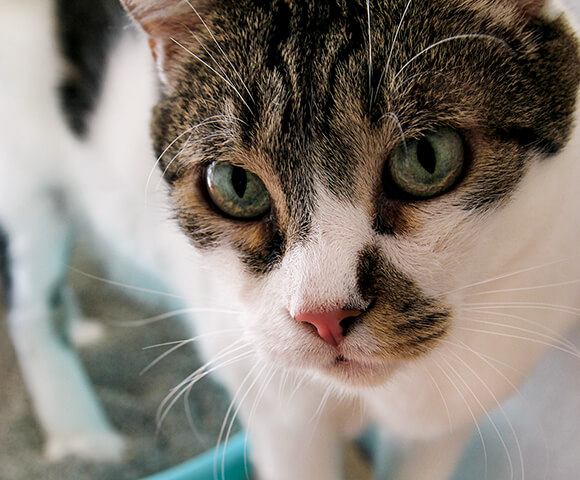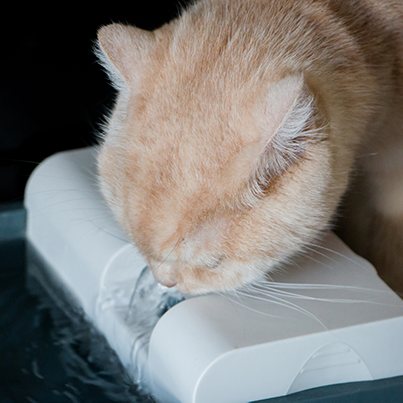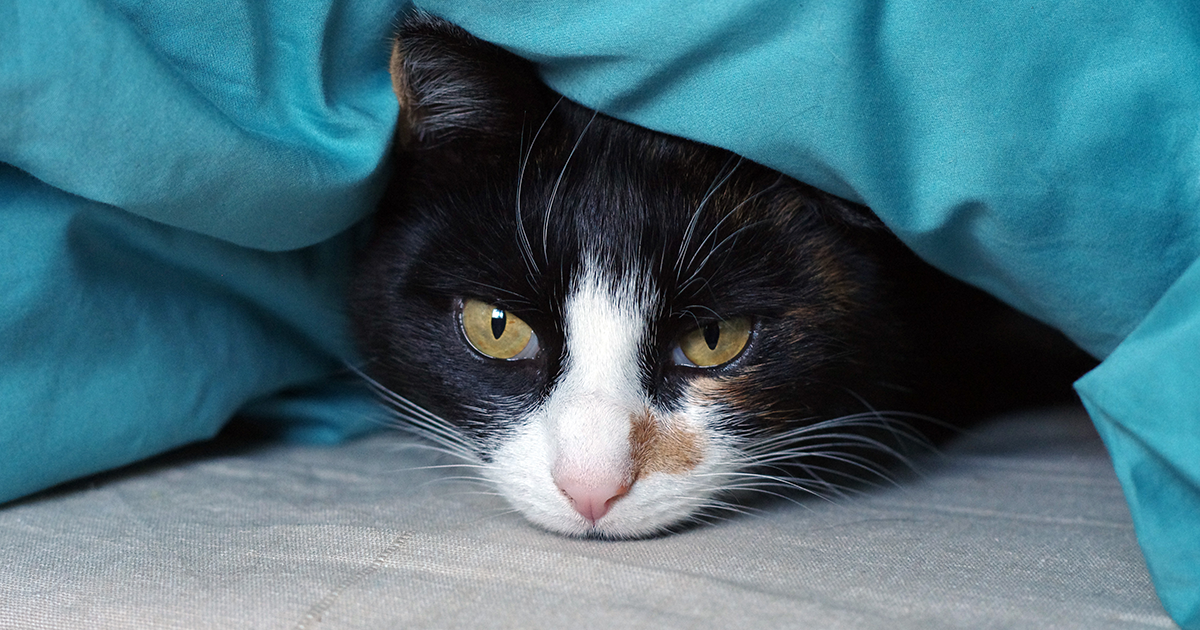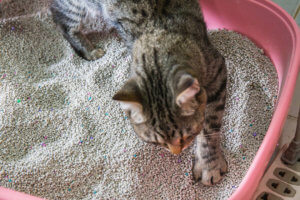Bladder stones are usually formed in male cats. These are generally ever-building deposits of minerals that obstruct your cat’s urethra, which is used for urinating through the penis. This obstruction causes a level of difficulty with your cats’ ability to urinate. When the flow of urine is obstructed, the waste material that was supposed to be removed by urination enters the bloodstream. These stones are of several shapes and sizes, which sometimes might be multiple.
Two types of bladder stones are known to develop in cats.
- Struvite
- Calcium oxalate
Struvite is composed of Magnesium, Ammonium, and Phosphate. It is a urinary mineral or a crystal commonly found in urine; however, it can obstruct a cat’s urinary tract when it mixes with mucus.
Calcium oxalate kidney stones emerged mostly as a bi-product of the addition of certain acids to cat food, which was meant to prevent Struvite crystals from developing. However, it is safe to say that it created a problem from the problem it was meant to solve by creating a newer stone, which does the very same thing that the former did.
These bladder stones can begin at any time in your cat’s lifespan and have no specific point where they start. However, as a cat ages more and more, the risk of them developing a bladder stone increases.
A few reasons usually cause bladder stones.

- Your cat might be dehydrated due to the lower intake of water.
- They may have an imbalanced diet.
- They might have acidic contents in their food.
- The creation of struvite crystals due to higher concentration of magnesium, ammonium, and phosphate and their mixture with mucus.
- They might have taken certain drugs or supplements.
symptoms of a cat having bladder stones:
Even though there are times when your cat will not show even one of these symptoms, we should still be able to identify the tell-tale signs of how a cat behaves when it is suffering from bladder stones.
- They might have blood in their urine.
- They might feel a lot of pain when they are passing urine.
- They are urinating at frequent intervals.
- They are licking their genitals.
- They have difficulty in urinating.
- Their urinary tract is obstructed.
- They need to push their urine out (straining)
Symptoms like bleeding can occur when the stone rubs against the wall of the bladder and damages the tissue of the tract. Straining can happen when the urethra swells or is inflamed.

diagnosing a cat with bladder stones:
You might have seen some of the above symptoms in your cat and have taken it to your Vet. There are a few ways your Vet can diagnose your cat’s bladder stones.
If the stone is big enough, then all your Vet has to do is feel out your cat’s abdomen.
However, a bladder stone might be tiny sometimes to be detected by just fingers. In those conditions, they may use X-rays or Ultrasound to see if there is something in there. If a stone is detected, then it will move towards the treatment phase; if not, then there might be an inflammatory disease that is the real culprit here and not a bladder stone.
treating your cat’s bladder stone issue:

There are a few ways you can resolve your cat’s bladder stone problem.
CYSTOTOMY:
If your cat has a huge bladder stone, which is causing it a lot of pain and is completely blocking its urethra, then we can go the quick and easy route of surgically removing its bladder stone. This process of Cystotomy begins by knocking out your cat using anesthesia and its belly, and then the bladder is cut open. The stone is removed, the bladder and the stomach are closed up again. Quick and simple. The cat is given antibiotics to stop any spread of infection along with medicine to minimize the pain. A few days are spent on bed rest for observation and recovery.
CYSTOSCOPY:
This process might be a little more painless than Cystotomy, but only female cats qualify for this type of procedure as a male’s urethra does not have enough space to pass a cystoscope. As you might have guessed, the cystoscope is passed inside using the urethra by using a small accessory that can retrieve the stone.
voiding Uro hydro propulsion:

This mouthful word describes a procedure in which the cat is knocked out first using anesthesia. The bladder is then swollen with fluids and is given pressure. The cat is positioned vertically, and the stone is expelled through the urethra. This technique is optimal only for stones that are small in size.
using special diets:
Another way for bladder stone removal can be the use of special diets that can be taken. These diets can dissolve the stone inside the urethra. However, there are some caveats. The first one being that it is very slow and can take months to remove a stone entirely. The diet also is not a sure-fire way that it will work with the type of stone that is lodging inside your cat’s urethra. And that the cat also might not respond to the diet and just refuse to follow through with the process.
will your cat die of bladder stones?
I would mostly say no to this if the stone is small. However, if the urethra is fully obstructed and it is not treated in time by taking measures like Cystotomy, then your cat will barely survive for a few days. Hence it would help if you took this seriously as soon as you see any of the symptoms. Contact your Vet, let him diagnose what type of stone it is and what its size is. The quick and easy way would be to use Cystotomy, which will make your cat good as new in a few days; however, if the stone is small and can be easily removed by Cystoscopy or Voiding Urohydropropulsion, which are good ways to avoid surgery.
